A Seaman's Guide to the Rule of the Road
Издание на английском языке
This book is designed to teach Royal Navy and Merchant Navy personnel sufficient theoretical knowledge of the Regulations for Preventing Collisions at Sea to meet the needs of the Officer of the Watch.
Use of the book
Because programmed learning is an extremely concentrated way of absorbing information, we recommend that this text is only studied for periods of about one and a half hours at a time and for a total time of not more than three or four hours in a day.
In order to understand the Rules, it is necessary to see them in the context of sea experience. If the student does not have this experience, then we recommend that an experienced officer should discuss the Rules with him, particularly those of a general nature such as Rules 2, 5, 6 and 8 and Annex IV to the Regulations. This, in our view, would be an essential part of any course on the Rule of the Road.
Previous knowledge assumed
A general knowledge of sea-terms is assumed. A familiarity with the concepts of alteration of course and speed, relative course, true course, relative bearing, true bearing and bearing movements is necessary for the understanding of the programme.
An outline knowledge of the specific functions mentioned in the Rules, such as the duties of a pilot vessel, operating aircraft, cable laying, etc., is also necessary.
Contents
Foreword
Preface
Validation
Notes to the Student
Chapter 1. Preliminary and definitions
Statement of Areas in which the Rules apply
Effect of Special Rules on the application of the Rules
Definition of a power-driven vessel
Definition of the terms ‘making way’ and ‘under way’
The Rule regarding‘safe speed’
Calculation of the risk of collision by taking compass bearings
Chapter 2. The Steering Rules. Sound signals and conduct of vessels in sight of one another
Signals to be given by manoeuvring vessels in sight of one another
Correct manoeuvring in a head-on situation
in a crossing situation
in an overtaking situation
Chapter 3. Day-time recognition of vessels in special circumstances
Signals used by a sailing vessel also being propelled by machinery
Signals used by a vessel at anchor
not under command
aground
restricted in her ability to manoeuvre
minesweeping
restricted in her ability to manoeuvre, at anchor
restricted in her ability to manoeuvre whilst engaged in dredging or underwater operations
engaged in towing or pushing operations
inconspicuous, partly submerged vessel or object
unable to deviate from her course when towing or pushing constrained by her draught
engaged in fishing
Chapter 4. Night-time recognition
‘Lighting-up time’ for vessels
Lights for a power-driven vessel less than 50 metres long
Lights for a power-driven vessel 50 metres or over in length
Lights-arcs of visibility
Combined lantern (vessel under 20 metres long)
Lights carried by vessels engaged in towing pushing towing alongside inconspicuous, partly submerged vessel or object
Lights carried by sailing vessels under way
Lights carried by a vessel at anchor
not under command
aground
restricted in her ability to manoeuvre
restricted in her ability to manoeuvre engaged in dredging or underwater operations
unable to deviate from her course when towing or pushing constrained by her draught
engaged in mineclearance operations
engaged in trawling
engaged in fishing (without trawls)
engaged in pilotage duty
Ligltls carried by a seaplane
Liglits carried by an air-cushion vessel
Liglits carried by WIG craft
Ghapter 5. Conduct in narrow channels, Traffic Separation schemes and in rest Narrow channels
Sound signals for overtaking in narrow channels
traffic separation schemes
Restricted visibility and safe speed
Sound signals for vessels under way in restricted visibility
Requirements to maintain a proper look-out
Action to be taken before entering restricted visibility
Procedure to be followed when hearing the fog signal of another vessel
Sound signals for vessels at anchor or aground in restricted visibility
Chapter 6. Rules for sailing vessels
Encounter with power-driven vessels
another sailing vessel
another sailing vessel when each has the wind on a different side
anothej sailing vessel when both have the wind on the same side
another sailing vessel when it cannot be determined on which side she has the wind
Procedure at night
Chapter 7. Radar and the Rules
Basic facts about the interpretation of a radar screen
One method of plotting an echo
‘Closest Point of Approach’
How to build up a track
Warning about objects that do not always reflect radar pulses Proper speed to be observed in or near fog
Action to be taken upon hearing a fog signal
Chapter 8. Requirements of good seamanship and special circumstances
Warning to expect special signals from ships of war and fishing fleets
Action to be taken in proximity of a vessel finding it difficult to act in accordance with the Rules
Appendix
Seaplanes
Non-displacement craft
Distress signals
Specification of lights
Signals to attract attention
Screening of lights
References relevant to lights
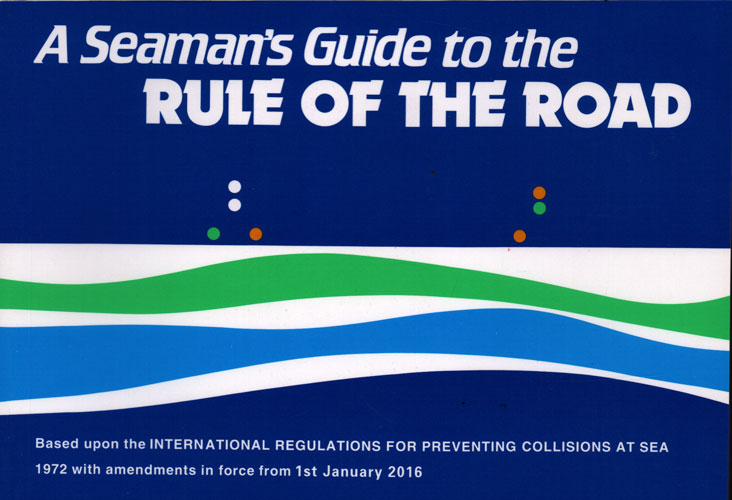
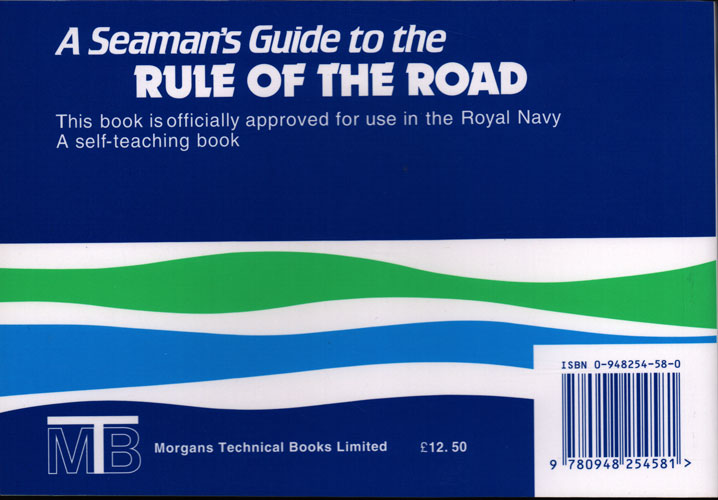


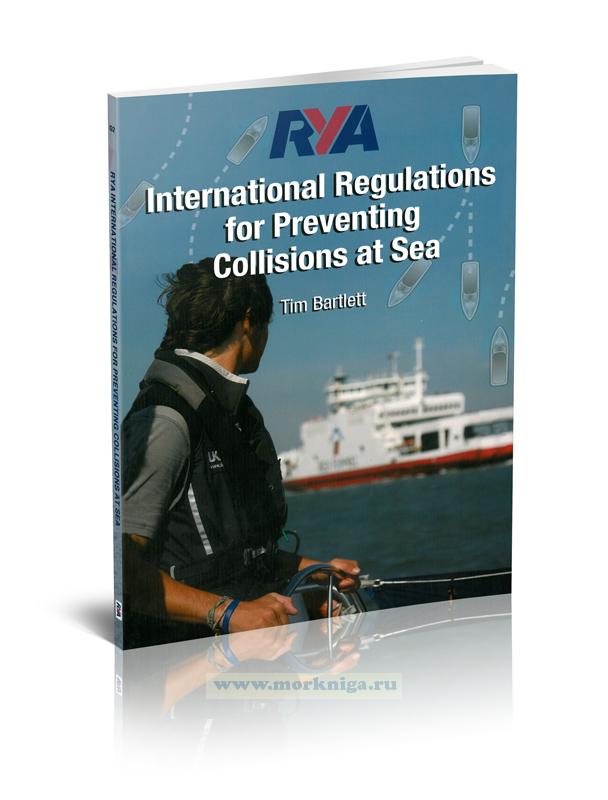 RYA International Regulations for Preventing Collisions at Sea. Международные правила предупреждения столкновений судов в море RYA
RYA International Regulations for Preventing Collisions at Sea. Международные правила предупреждения столкновений судов в море RYA 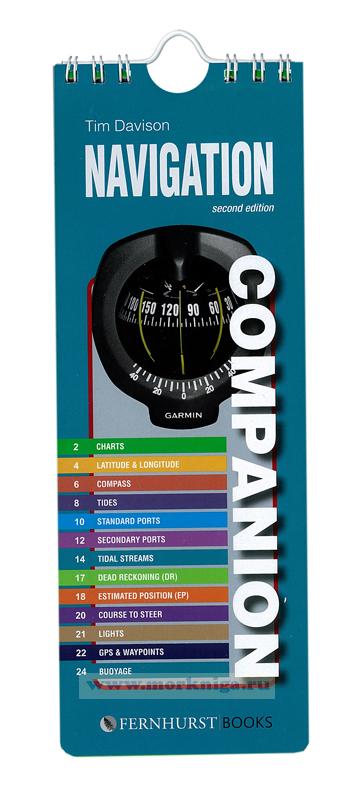 Navigation companion/Навигация. Справочник
Navigation companion/Навигация. Справочник 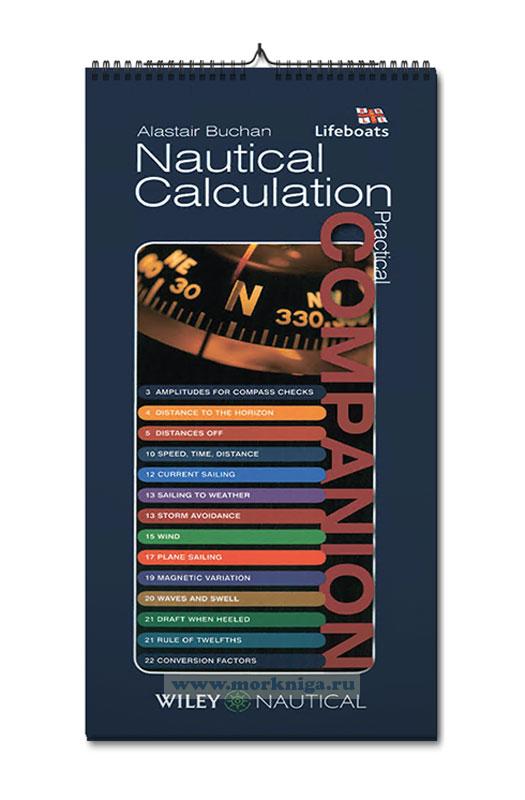 Nautical calculation companion. Компаньон по морским расчетам
Nautical calculation companion. Компаньон по морским расчетам